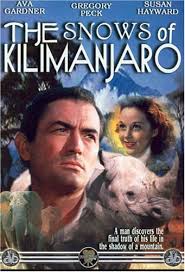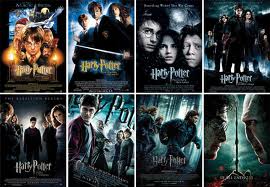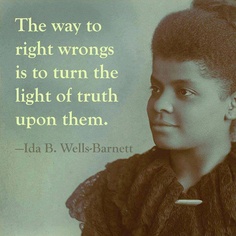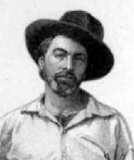E.E. Cummings is well known for his unorthodox writing. He chose to ignore the parameters set forth by most poets before him. His poems lack punctuation, organized stanzas, and they are also seemingly random. They require a certain amount of decoding so that the reader can fully understand his intentions. As I was reading poems by E.E. Cummings one really stood out to me: When God Lets My Body Be.
when god lets my body be
from each brave eye shall sprout a tree
fruit that dangles therefrom
the purpled world will dance upon
between my lips which did sing
a rose shall beget the spring
that maidens whom passion wastes
will lay between their little breasts
my strong fingers beneath the snow
into strenuous birds shall go
my love walking in the grass
their wings will touch with her face
and all the while shall my heart be
with the bulge and nuzzle of the sea
[http://hellopoetry.com/poem/when-god-lets-my-body-be/]
Parts of this poem did not quite make sense to me until I did some research;however, some parts are obvious. I feel that when Cummings writes: “when god lets my body be/ from each brave eye shall sprout a tree/ fruit that dangles therefrom”, he is talking of new life following a death. Much of the rest of the poem I did not understand.
I did find one analysis of the poem that gave a good explanation for the meaning behind this poem. The poem is explained to symbolize “life’s never ending cycle.” The article points out that this is a poem about death, but from the point of view that even after your own death, life does go on for the rest of the world. “We die, yet others continue to strive.”
[http://www.poemofquotes.com/eecummings/when-god-lets-my-body-be.php]
[http://www.fanpop.com/clubs/michael58/images/31006856/title/eminem-quotes-fanart]
Cummings had a complete disregard for all poetic devices set forth by other poets. Is there a modern day E.E Cummings? There is a very popular music artist today named Marshall Mathers, more commonly known as Eminem. Eminem ignores the typical profile for his title of a rapper. He does not conform to the style of many other modern day music artists. Instead he makes music based upon his own very personal life, not caring who he insults or offends along the way. I admire him for staying true to his own style and idea of music. Eminem has been hugely successful throughout his career simply because he set aside standards put in place by former music artists and did things his own way, much like E.E. Cummings did with his poetry.









